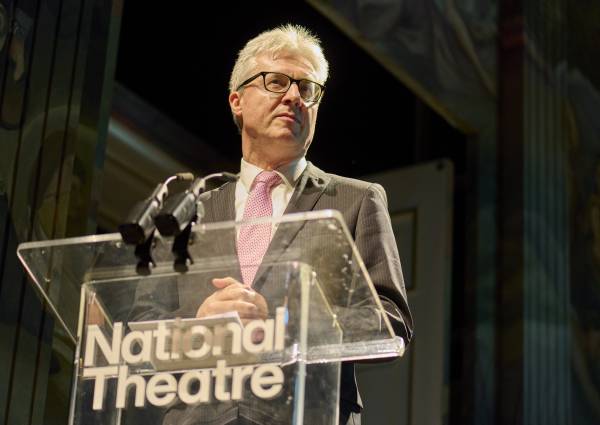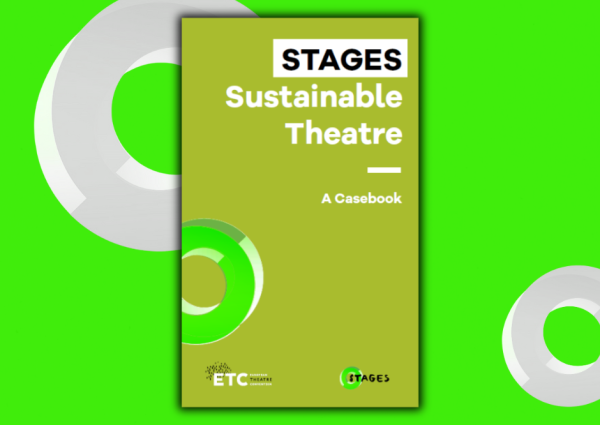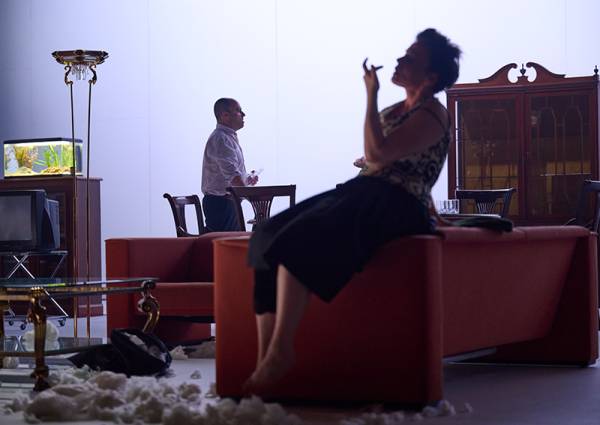Streaming and online conference tools kept us connected during lockdown. But at what cost to the environment? And who was and is still excluded from the process? Cultural strategist Vijay Mathew offers a new perspective.
Climate science demands that we – especially those of us in historically high-emitting nations, such as those in Europe – stop all carbon emissions today or risk catastrophic consequences for all. We in the performing arts sector could, for example, collectively pledge to reduce our carbon emissions to nearly zero by 2025, or even sooner, which would be in line with the science.
Air travel is by far the most carbon-emitting practice in which our field engages and over which we have immediate control: we can abandon it as a tool for the way we design and operate our programming. (For organisations that have buildings, the next highest carbon-emitting activity is the generation of electricity for heating, cooling and lighting systems.) Unlike land-based travel, like trains, buses and cars, there will not be low-carbon emission alternatives for air travel.
As organisations and artists turned to video conferencing and live video streaming in a resilient adaptation of programming during the COVID-19 lockdown, many positive equity-based outcomes emerged that we need to recognise and prioritise as we reopen in person in the months to come. A number of people who had not had access to performances and conversations for a variety of economic and social reasons suddenly had increased opportunities to participate in them. A number of the oppressive power dynamics of elite, exclusive in-person gatherings took on a more democratic character: many more exchanges and conversations between artists in the Global North and the Global South were able to occur, as the immediacy of the medium collapsed geographic borders.
There is, however, a deceptively significant environmental cost to the production and consumption of internet media. The energy and physical materials usage of the information technology industry belongs to the extractive and ecocidal economic paradigm out of which we also need to transition very quickly. Just like the airline industry, the internet as we currently know it – always on and always growing – has an unrealistic future.
As an international performing arts community, we must urgently continue learning and thinking about our next steps towards an equity-informed, low-energy future. As a temporary strategy, using digital tools in a frugal manner and in a way that embodies and prioritises inclusion, accessibility and independence from consumerism may help us give ourselves this much-needed opportunity and space to re-envision our purpose and meaning to society.
I recently developed a carbon emissions calculator for streaming media at ArtsCarbon.com in collaboration with Axess Lab in Sweden for two purposes: to provide a simple tool for cultural managers to budget their programme’s internet carbon emissions, and to provide a proof-of-concept design strategy that embodies justice-based values while simultaneously being highly performant.
This proof-of-concept demonstrates that we, together as an artistic field, can successfully choose to create online media that: 1) is low-energy, lightweight, low-carbon emitting, 2) is accessible to people with disabilities, 3) is inclusive and inexpensive for people who have limited bandwidth or for whom internet access is expensive relative to their income, especially in the Global South, 4) uses and contributes to commons-based open-source software and technology platforms instead of defaulting to problematic multinational products and services, and 5) provides a highly performant user experience as measured by page speed.
All decisions about the website were based on the priority of web accessibility, i.e. keeping the website as small as possible in terms of data (measured in kilobytes) and using open-source technology wherever available. This simple approach resulted in a website that is cheap to access and maintain, emits very little carbon, and is available to many more people with various abilities and disabilities. We can take this design approach and apply it to anything we choose to create.
In terms of using the calculator for budgeting and tapering your organisation’s streaming emissions, adding a column or row in your existing budget spreadsheets for CO2 estimates can be quite simple to do. However, answering the question ‘What is an acceptable carbon budget?’ puts us in a predicament, as the answer is always going to be ‘zero’.
Some organisations may find they want to establish their pre-pandemic baseline carbon emissions and then phase out more carbon-intensive activities such as air travel by a certain deadline, say 2025, and progressively taper their CO2 emissions for each subsequent fiscal year.
Given these creative constraints and goals for cutting emissions, some important questions for programmers and artists will be: Who can be included in the limited number of people able to partake in air travel, video conferencing, and live video streams? Video, though carbon-intensive, is an essential tool for Deaf artists and Deaf cultures, for example. Who has historically not had the mobility (economic, social or physical) to engage with the artistic experiences you provide which a live video stream could help mitigate?
Acting based on a more holistic awareness about the hidden costs of our programming and activities is going to be an essential skill as we re-emerge from the pandemic restraints.
Image: Nathaniel Stern (CC by NC SA 2.0)
For more on reducing the carbon emissions caused by your digital activity, see Vijay’s article: Streaming in the Just Transition.
In the past decade, Vijay has helped to build the organisational capacity for several hundred non-profit organisations worldwide to livestream their conferences, panel discussions and performances – with an emphasis on prioritising accessibility, inclusion and resource efficiency. In the past year, Vijay supervised the production of more than 500 live-streamed events for the HowlRound Theatre Commons, of which he is a co-founder and for which he is cultural strategist. He is based at Emerson College in Boston, USA. When using internet technologies, he is passionate about the issues of accessibility, inclusion, the climate emergency, social change and a post-carbon future and the ways in which they are interconnected. All of his work in these areas has been informed by a ‘commons’ philosophy and social-justice values. He is also a worker-owner of the Crux cooperative – a visionary studio at the intersection of Black storytelling and immersive technology.







